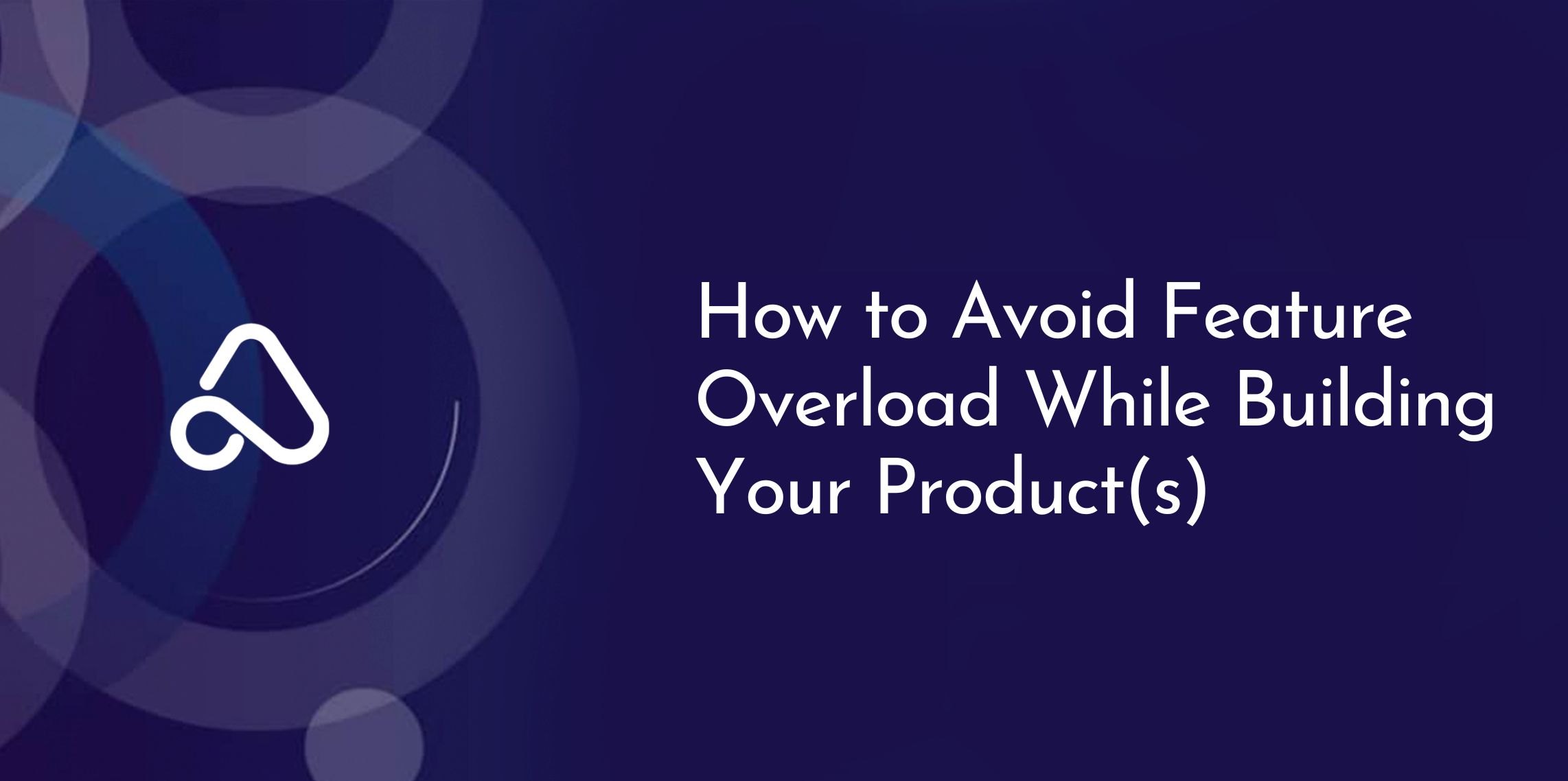Aidi — How to Avoid Feature Overload While Building Your Product(s)
Return
The tech world is highly competitive. You can invent a unique product today, and 2-3 years down the line, different competitors begin to spring up with similar products, defeating your product's uniqueness. This eventually affects your product’s positioning in the market, as your audience now has similar options to choose from. This is the story of many founders today. To ensure your product stays relevant in the market, you are constantly seeking ways to improve your product by adding unique features and functionalities to stay ahead of the competition.
However, while this seems like a great strategy, it can eventually become a recipe for disaster. Feature overload occurs when a product becomes stuffed with too many unnecessary functionalities. This not only complicates the user experience but also weakens the core value propositions, overwhelms the users, and eventually drives them away.
Here’s what you can do instead to avoid feature overload while ensuring your product remains relevant despite the competition:
- Learn to say ‘No’ to some ideas: As a founder, ideas are constantly bubbling in your head, and it only seems right to bring them into reality since you have enough resources. Always adopt a minimalist approach, identifying the key features that provide the most value to your customers, and removing unnecessary ones. You have to learn to say ‘No’ to some feature ideas that can affect your core value propositions and wear out your customers.
- Conduct user surveys: Don’t just assume your customers will like a certain functionality. Always conduct user surveys to understand their needs and pain points. This helps you know and stick to building only features that address their concerns, not features that make your product look ‘extraordinary’.
- Prioritize Iteration Over Perfection: The process of building products should be a learning phase for the founder, where the founder gets to understand what the customer wants or needs, rather than wanting to build a perfect product once and for all. Release your products as MVPs and make upgrades based on customer feedback. This way, you can prioritize features based on what you know your customers need, not what you assume.
- Communicate with Your Team: Your team should also understand the core value proposition of your product: what problem you are trying to solve, what makes your product unique, and who you are building for. This way, you can be on the same page with identifying and prioritizing the features that directly contribute to your core value proposition.
It is good to upgrade your product from time to time to ensure your users have a better experience, but don’t overdo it, and don’t stuff your product with features or functionality that you think your customers will like, rather than what they need. Always remember that simplicity is the key to building a lovable product. Your customers will always remain loyal or return as long as your product provides them with a seamless user experience. By focusing on the core features that truly matter, you can avoid feature overload and ensure long-term success for your product.





